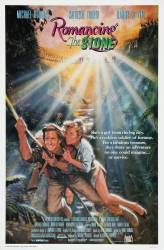
Question: What is it likely that the stone (an emerald, I gather) was worth in 1984 US dollars?
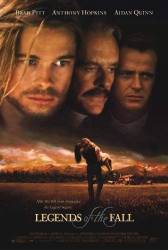
Question: Why is Decker wanted by the police? When the police came to visit the ranch, Decker notices them, tips his hat and walks away. The police have a sketch of Decker that says he is WANTED.
Answer: I don't think it's ever mentioned. The Ludlows almost certainly already know, and in the scene mentioned, the cops won't say.
Answer: Very early in the story when one stab is narrating, he's kind of introducing everybody and makes a reference about Decker having "illegally" married an Indian woman, and there are several references to the fact that the father was not happy working for a government that was killing Indians and also went out of his way to make sure they were in no way discriminated against. I think it's possible that may be why they were looking for Decker and why Colonel went out of his way to hide his living there.
I believe Decker had been a bootlegger. That would be the reason why the O'Banions (sellers of booze themselves), were with the sheriff when they came looking for Decker at the Ludlow's ranch. And also, the reason why the O'Banions didn't want to say what Decker was wanted for because.it was their own personal vendetta concerning bootleg whiskey. Maybe they had reason to believe that he was still selling bootleg whiskey around those parts. Also, later in the movie, when Tristan returns home after 7 years, Decker says to him "There's good money in bootlegging if you know what you're doing." And, Decker says that with a huge smile. Like he definitely knew what he was talking about and could definitely give Tristan some pointers about being a bootlegger.
Alcohol wasn't illegal until well after World War 1. The initial scene with the O'Bannons takes place before the boys go off to war, and it's stated afterwards that Alfred voted for the Volstead Act making alcohol illegal.
Not sure about this. At the time the sheriff comes looking for Decker, it's roughly 1915, and liquor is not yet illegal.
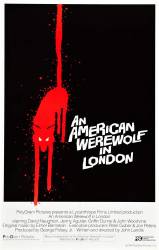
Question: What did Dr. Hirsch mean when he said to Alex how he witnessed "some form of mass neurosis in East Proctor"?
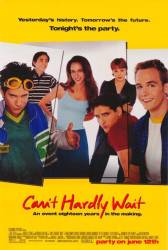
Question: Why wasn't Amanda's face shown in the flashbacks of her first day at the school?
Answer: The filmakers decided to forego showing Amanda's face early on to give her grand entrance at the party more impact.

Question: At the very beginning when the twins are talking to Scarlett it sounds to me like George Reeves says something about the "other 48 states" wanting war. Am I hearing that incorrectly? There were only 34 states when the war began.
Answer: To answer your question, I looked for on-line versions of the "Gone with the Wind" screenplay. What you are hearing as "other 48 states" is actually "those fool Yankees." The full line is, "Y'know, those fool Yankees actually want a war?" Also, the line is actually said by Stuart Tarleton, played Fred Crane, not by George Reeves as his twin brother, Drew. In writing, it doesn't seem they would sound alike. When I watched the opening scene of "gwtw" on YouTube (https://www.youtube.com/watch?v=ymbmvQJcLDc&t=6s), I can see how the error was made. I might have misheard it, as well, if I didn't already know what the line was from my research. Mr. Crane's enunciation is rather muddled.
Answer: I watched this scene several times on HBOmax, both with and without the closed captions. The line, spoken by Brent Tarleton (George Reeves) is: "You know, those poor Yankees actually want a war." It does sound like he says another word just before saying "Yankees," but it's so muffled that it's unintelligible and the closed captions do not record it. It could be "poor fool Yankees," but that's a guess.
Answer: In the version I am watching it is definitely Reeves' character who say the line, right after he tells Scarlett "War. Isn't it exciting Scarlett?" Then comes what sounds like what I posted. Is it possible there are different versions?
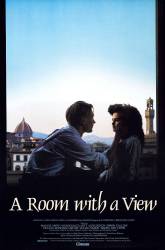
Question: While in Italy, the Anglican pastor tells a joke, and the punch line is about an American seeing a "yellow dog." Exactly what is he referring to?
Chosen answer: The joke is: The American girl asks her father "What did we see in Rome?" The man says "Rome was where we saw the yellow dog." Explanation: Americans can tour the Eternal City and all they will see that is memorable or of interest to them is a dog.
I don't get it. It doesn't make sense.
What part doesn't make sense? Rome is filled with better things than a dog. To put it another way, it would be like if you went to one of the greatest sporting event live with on-field/court-side/ring-side tickets and when asked about the event you said "I thought the nachos were good."
It's a crude joke about Americans. It doesn't have to make sense. It's a joke that highlights the sense that Americans are crude, illiterate, with no culture. They believe a yellow dog (a common dog in the US) was the best thing to see.
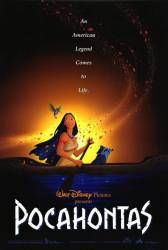
Question: What happened to the one Native American that Governor Ratcliffe shot? I know he went back to the village for treatment but what happened to him afterwards? Did he die?
Answer: This is a question the movie chose not to answer. It could be assumed he died as the Powhatans did not have the knowledge to treat gunshot wounds. However, there were cases even as far back as this time of individuals being able to survive gunshot wounds as long as the bleeding could be stopped and infection didn't spread. As the Powhatans did know herbs in the land to treat infections and did know how to mend bleeding; it is also possible he lived though he would have walked with a limp for the rest of his life.
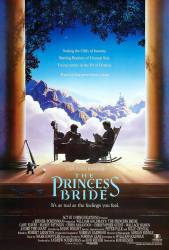
Question: When Buttercup confronts a masked Westley, she says that she loved more deeply than a killer like him ever dreamed. Westley's response is to raise a hand as if to hit her, but he stops and says that was a warning and that where he comes from, there are penalties when a woman lies. In what way was Buttercup lying?
Answer: Westley comes back from the sea, only to find that his one true love is engaged to another man. He feels her love for him wasn't true if she could even think of getting married again, at least so soon.
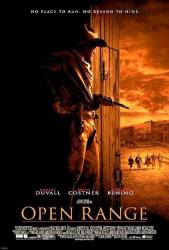
Question: When Baxter and his men ride into town, he brings 8 hired guns with him for a total of 9; but when the fight starts, there are only 8. Baxter and 4 men confront Charlie and Boss, in the street, and 3 go round behind the buildings. What happened to the 9th man?
Answer: I believe he is the one being chased by the townfolks, after the gunfight is over.
Answer: It's just an error in the movie. Maybe that ninth guy will be the lead bad guy in Open Range 2.
Answer: The man you see being shot at in the end was the man who ran off once the sheriff had the kid, and Baxter was going to kill him. So, just before the shooting started again, this man ran off away from Baxter. What you see the townsfolk shooting at is this man who ran off just before the end, where Baxter and the sheriff had the boy and were counting down.
Answer: I noticed this as well. The person shot at the end of the film is the same man that was with the sheriff when they were held in the jail. He was a deputy and did not ride in with the land baron.
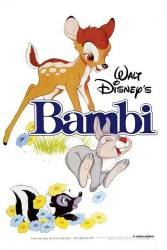
Question: Why wouldn't Bambi's mother tell him that the Great Prince of the Forest is also his father?
Answer: Probably so he would not think he is superior to the other fawns and try to lord over them. She would have told him about his father when he was older. This is also a literary plot device by setting up a dramatic reveal at a crucial time (right after Bambi's mother is killed) that Bambi learns his father is the Great Prince. This has a greater emotional punch.
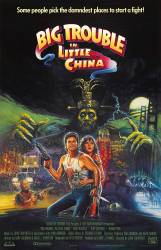
Question: When Lightning is crushed by the statue at the end of the movie, he sends out dozens of bolts of energy before he dies. The final wisp of electricity forms a Chinese character. Does anyone know what it means?
Answer: It's the symbol for "carpenter" after the director John Carpenter.
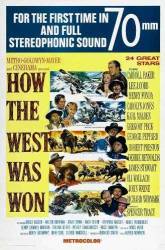
Question: Doesn't the water tower fall completely to the ground during the buffalo stampede in the original theatrical release? It's missing in the DVD release.
Answer: Yes, the water tower did indeed fall completely over in the initial release. I saw it fall all the way to the ground and release a flood of water. What happened was that the tower fell on the rump of one of the buffaloes, and the buffalo stumbled and got up and continued running. Later the animal rights people objected to the scene, so it was removed from the DVD, and all that was left was the tower shown leaning over.
Answer: Footage of the water tower falling has NEVER appeared in the film. My first viewing of the film was in Cinerama in 1962 and the tower doesn't fall over. It doubtless was supposed to fall over but for technical reasons it didn't come out right, and so no footage beyond seeing it wobble a bit has ever been in the film.
This answer is incorrect. The original release did have the tower fall over completely. There's even a picture of the flooding after it falls over. It was since deleted. Http://www.daveswarbirds.com/HTWWW/deleted_scenes.htm.
I agree. The tower fell and water poured out. I saw this movie in Cinerama in 1963. For years later, I wondered why I never saw that scene in its entirety again. A shame that for a mistake that caused the unintentional death of an animal, the scene should no longer be viewed by anyone.
Answer: I saw the film in Cinerama the week it came out and the water tower didn't fall. I remember being puzzled by the shot of it falling in the souvenir program.
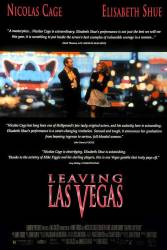
Question: How did Nicolas Cage manage to keep his job for so long? You'd think he'd get fired for coming to work drunk the first time.
Chosen answer: On the contrary, the social contacts at work typically tolerate, sympathize with, and even enable alcoholics and other substance abusers, because many of the other employees are also similarly (and secretly) engaged in addictive behavior of their own to varying degrees. Usually, no action is taken until the addictive behavior starts affecting company income, insurance and morale. So, some substance abusers can lead lengthy careers within a company before the hammer falls.
Answer: Most workplaces I know have to try and help the employee to an extent, especially with mental health or addiction, even giving three chances. This, of course, might have been different in the time this movie was set, however.
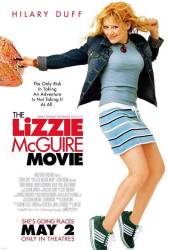
Question: How old are Lizzie, Gordo and all their classmates meant to be in the film?
Answer: In the TV show, they are 13-14 years old. Assuming this is after the TV show, and we never see Lizzie, Gordo or Miranda celebrating their 14th birthdays (we see Kate celebrating her '14th' birthday and Gordo celebrating his Bar Mitzfah a year late), Lizzie and Miranda are 13-14, Gordo is 14 and Kate is 15 (it is mentioned in an earlier episode that she was held back a year in Kindergarten.) This is only an assumption, due to the TV show.
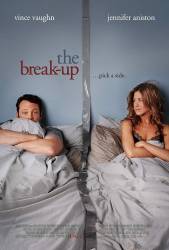
Question: When Addie sets Brooke up on a date with her husband Andrew's friend, Brooke is uninterested during the date. At one point Addie calls her to help her get out of the date and the first thing she says ism "Is this when I'm supposed to call?" How did Brooke and Addie plan this? Brooke was pretending to be intrigued by the guy's story about his job and listening intently therefore she couldn't have been communicating with Addie by texting during the date and they couldn't have planned it ahead of time.

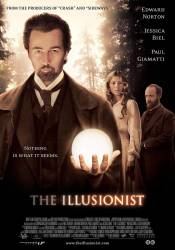
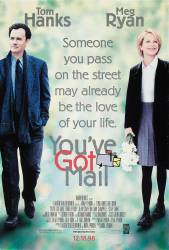
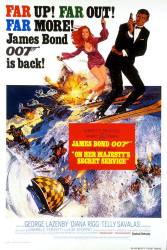
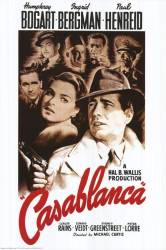
Answer: Any emerald over 1 carat in that beautiful cut and condition would probably go for over 250 million. Real emeralds over 5 carats are rare and the price goes up exponentially after 2 or 3 carats. 305,000 per carat after 5. So yeah that one was probably like 800 or more carats.